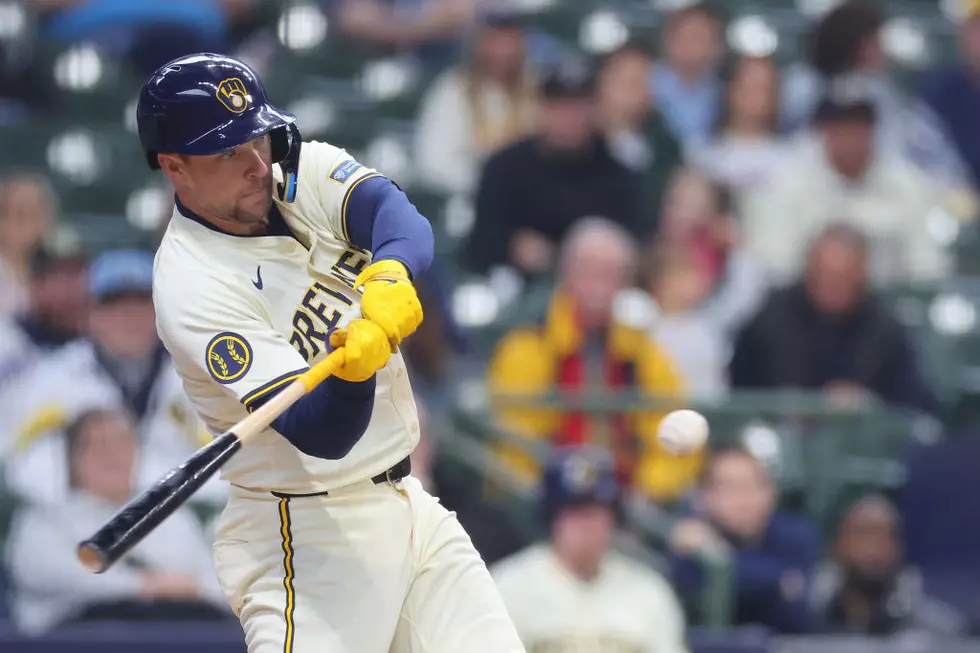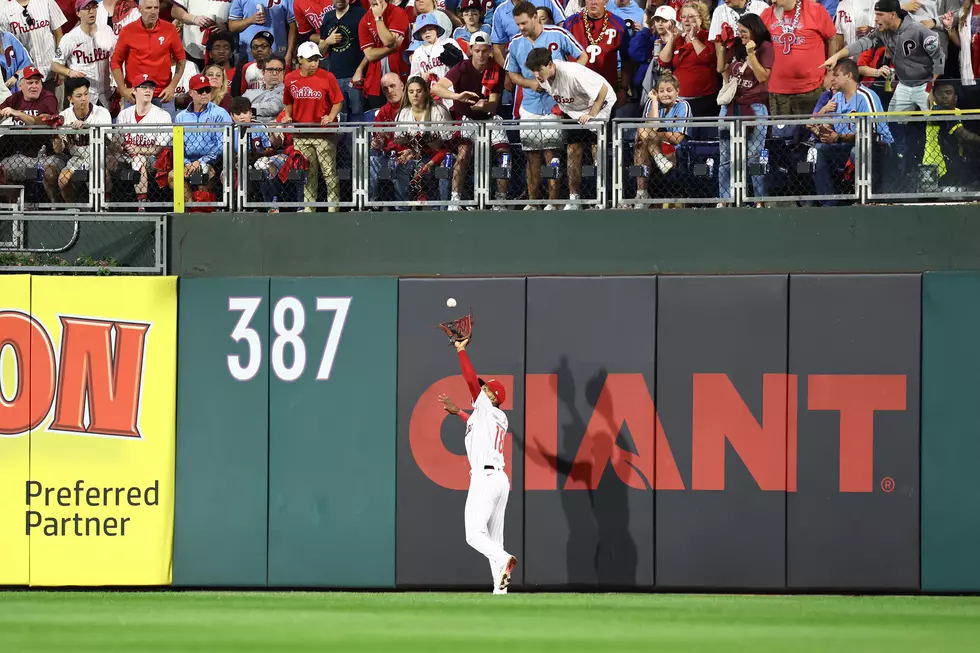
Is Chase Utley Heading for a Production Drop Off?
CLEARWATER, Fla--The sound of the last pitch cracking into the catcher’s glove last Sunday may as well have been a gun at a race: soon as it hit, and the Phillies spring training tilt against the Baltimore Orioles was over, equipment managers bolted to wheel out cages onto Bright House Field for a special batting practice session.
Batting practice for Chase Utley, who for whatever reason didn’t take BP pregame.
"That's between Chase and me," said manager Charlie Manuel when asked why.
It lasted for about 40 minutes.
Clearly, Utley’s been working on something in his swing this spring. The display – one player taking hacks for that long, no matter when – isn’t common. And Utley’s .341 slugging percentage is by far the lowest of his spring career, which doesn’t even include the 2011 and 2012 Grapefruit League seasons because Utley didn’t play in them. Utley’s .227 average and .358 OPB are similarly low by his preseason standards. Maybe that’s because, very much like Cole Hamels was firing fastballs at the Dominican Republic team earlier this spring, Utley’s forcing something.
But maybe the loudest indicator of something being up this spring is Utley’s ground ball rate, something you might expect of a guy who’s doesn’t have his legs beneath him to help him drive the ball, something that’s defined the drop-off in Utley’s game since his knees started acting up.
This spring, Utley’s ground out-to-air out ratio is stark: 2.25, according to MLB.com.
Just once in the five spring seasons prior has it been higher than 1.00.
Granted, there’s a lot to consider in that calculation. But no matter how you slice it – fewer fly balls falling for hits or more ground balls leading to outs – that suggests a power problem, even more than it’s been for Utley recent seasons.
One of the markers of the erosion of Utley’s game and health over the past few years has been his ground-ball rate. Between 2005 and 2009, Utley hit grounders on 35, 37, 37.9, 33.3 and 34 percent of balls put into play. The years after? Try 41.1, 41.1 and 42.4. Pretty steep climb.
For reference, the difference between Utley’s 2008 and 2012 ground ball rates was the difference of 58 spots among 143 qualifying batters on Fangraphs last season, or the difference between fly ball machine Dan Uggla and a much more balanced David Wright.
If it qualified, Utley’s 42.4 ground ball rate would’ve ranked 80th in baseball, about average.
But more concerning than where it measures against the rest of the sport is how it stacks up with Utley’s past – and his corresponding health.
By all accounts, Utley has been healthy this spring. His work load is comparable to that of healthy springs past. That he’s even participating, four years after being diagnosed with a chronic degenerative knee condition that started costing him games in 2010, is encouraging.
Utley credits a change in offseason strategy, and that he trained throughout the winter instead of resting. He also played upwards of 30 consecutive games at second base at one point last season.
There’s obviously the concern that he might wear out earlier. Utley’s knees are reportedly stable, and for him, it’s all a matter of pain tolerance.
Still, no matter how long he lasts, what will Utley be when he does play?
If that's about what he was last season, a .256/.365/.429 hitter, he’ll still be a contributor on a contending Phillies team. But he doesn’t really have much room for regression.
All the caveats of spring training stats aside, early indications are that may be what’s in store.
More From 97.3 ESPN









